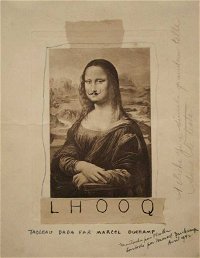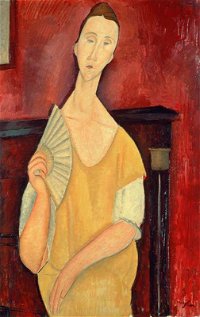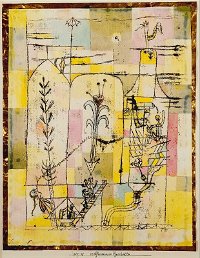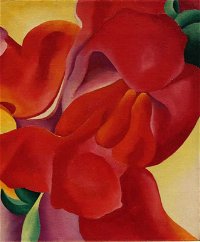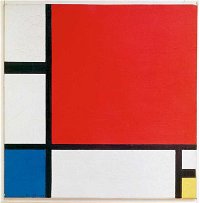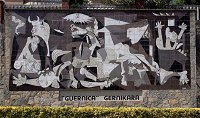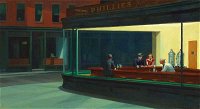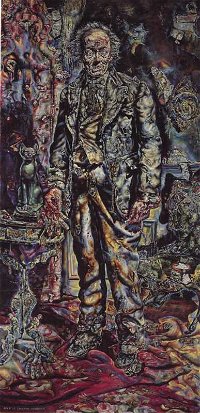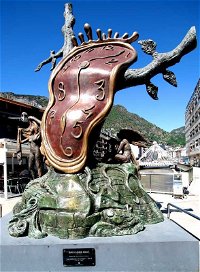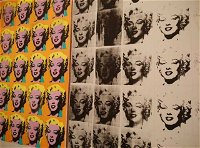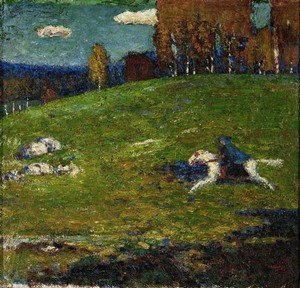
The Real, the Surreal, and the Fantastic Quiz
A 20th-Century Assortment of Art
The 20th century was a time of experimentation and innovation in art. Pictured is "The Blue Rider" (1903) by Wassily Kadinsky. Can you identify the creators of ten other 20th-century works of art?
by gracious1.
Estimated time: 3 mins.
- Home
- »
- Quizzes
- »
- Humanities Trivia
- »
- Art
- »
- 20th Century Art
